Your sleep tracker might give you information about more than just your sleep–specifically, it might give you information about chronic conditions such as diabetes and sleep apnea, and illnesses such as COVID-19. This is one of the findings of a study that analyzed data from 5 million nights of sleep across roughly 33,000 people.
Tag: Bioengineering
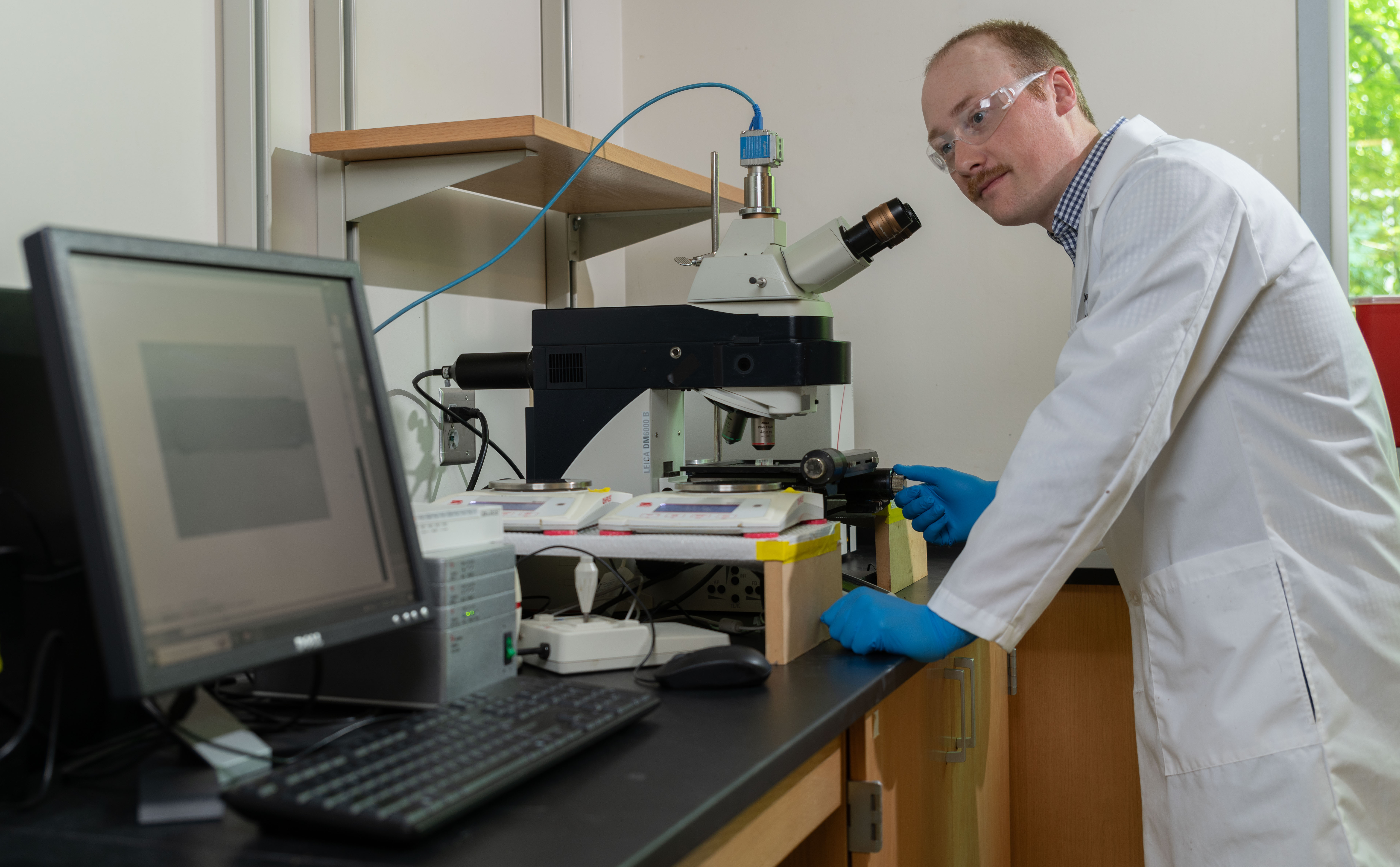
Novel Use of Existing Drug Could Significantly Cut Heart Attack Risk
Heart attacks have been the leading cause of death in the U.S. for a century. While most treatments for cardiac events target breaking down blood clots, Georgia Tech researchers have found a way to prevent blood clots from even forming. Dramatically, their drug is shown to completely knock out the formation of blood clots without increasing the risks of bleeds in vivo.
‘MUSIC map’ reveals some brain cells age faster and are more prevalent in Alzheimer’s
Engineers at the University of California San Diego have discovered that some brain cells age more rapidly than others, and they are disproportionately abundant in individuals afflicted with Alzheimer’s disease. Additionally, researchers observed sex-specific differences in the aging process of certain brain cells, with the female cortex exhibiting a higher ratio of “old” oligodendrocytes to “old” neurons compared to the male cortex.
Biodegradable ‘living plastic’ houses bacterial spores that help it break down
A new type of bioplastic could help reduce the plastic industry’s environmental footprint. Researchers have developed a biodegradable form of thermoplastic polyurethane (TPU) filled with bacterial spores that, when exposed to nutrients present in compost, germinate and break down the material at the end of its life cycle.
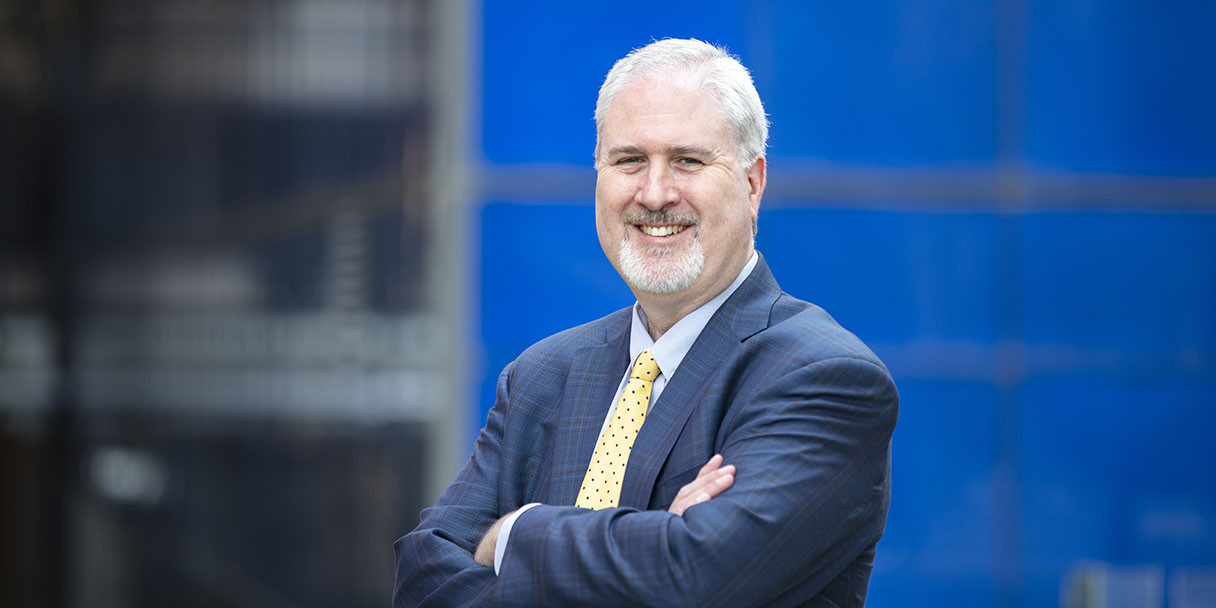
The Time Is Now for Artificial Intelligence, Machine Learning
From artificial intelligence (AI) and data integration to natural language processing and statistics, the Cedars-Sinai Department of Computational Biomedicine is utilizing the latest technological advances to find solutions to some of the most complex healthcare issues.
It’s Hearty, It’s Meaty, It’s Mold
Fungi naturally produce all the ingredients needed for a cruelty-free meat substitute. Our scientists are exploring how tuning the genomes of mushrooms and molds can transform these food sources into gourmet, nutrient-packed meals made with minimal processing and a light environmental footprint.
This Injectable Hydrogel Mitigates Damage to the Right Ventricle of the Heart
An injectable hydrogel can mitigate damage to the right ventricle of the heart with chronic pressure overload, according to a new study published March 6 in Journals of the American College of Cardiology: Basic to Translational Science. The study, by a research team from the University of California San Diego, Georgia Institute of Technology and Emory University, was conducted in rodents.
Five Cutting-edge Advances in Biomedical Engineering and Their Applications in Medicine
Bridging precision engineering and precision medicine to create personalized physiology avatars. Pursuing on-demand tissue and organ engineering for human health. Revolutionizing neuroscience by using AI to engineer advanced brain interface systems. Engineering the immune system for health and wellness. Designing and engineering genomes for organism repurposing and genomic perturbations.
Vlasov and Bashir groups develop nanoscale device for brain chemistry analysis
The device, developed by researchers at the University of Illinois Urbana-Champaign, is silicon-based and takes advantage of techniques developed for microelectronics manufacturing.
Type 2 Diabetes Alters the Behavior of Discs in the Vertebral Column
Type 2 diabetes alters the behavior of discs in the vertebral column, making them stiffer, and also causes the discs to change shape earlier than normal.
Protecting the Protector Boosts Plant Oil Content
Biologists at the U.S. Department of Energy’s (DOE) Brookhaven National Laboratory have demonstrated a new way to boost the oil content of plant leaves and seeds.
Risk of viral airborne transmission peaks within 5 seconds of face-to-face encounters
he main transmission routes identified initially for the novel coronavirus infection were droplet and contact transmission. Airborne transmission by aerosol particles was eventually identified as one of the most likely transmission routes.
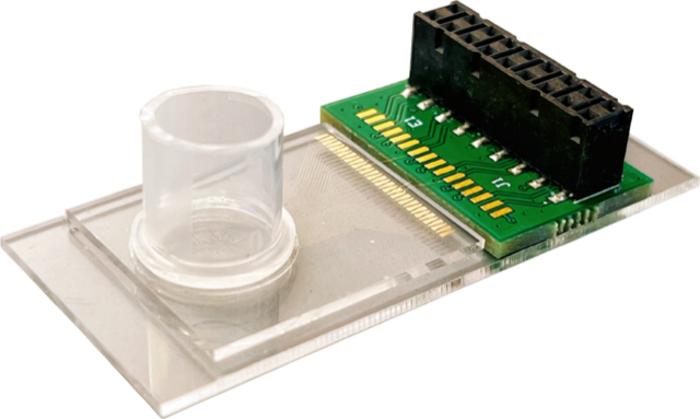
Bioengineering breakthrough increases DNA detection sensitivity by 100 times
UMass Amherst researchers have pushed forward the boundaries of biomedical engineering one hundredfold with a new method for DNA detection with unprecedented sensitivity.
These Screen-printed, Flexible Sensors Allow Earbuds to Record Brain Activity and Exercise Levels
Earbuds can be turned into a tool to record the electrical activity of the brain and levels of lactate in the body with two flexible sensors screen-printed onto a flexible surface.
Engineering of plant cell wall modifying enzymes opens new horizons
A newly discovered way of optimising plant enzymes through bioengineering has increased knowledge of how plant material can be converted into biofuels, biochemicals and other high-value products.
Genetically engineered vesicles target cancer cells more effectively
Nanovesicles can be bioengineered to target cancer cells and deliver treatments directly, according to research at Binghamton University, State University of New York.
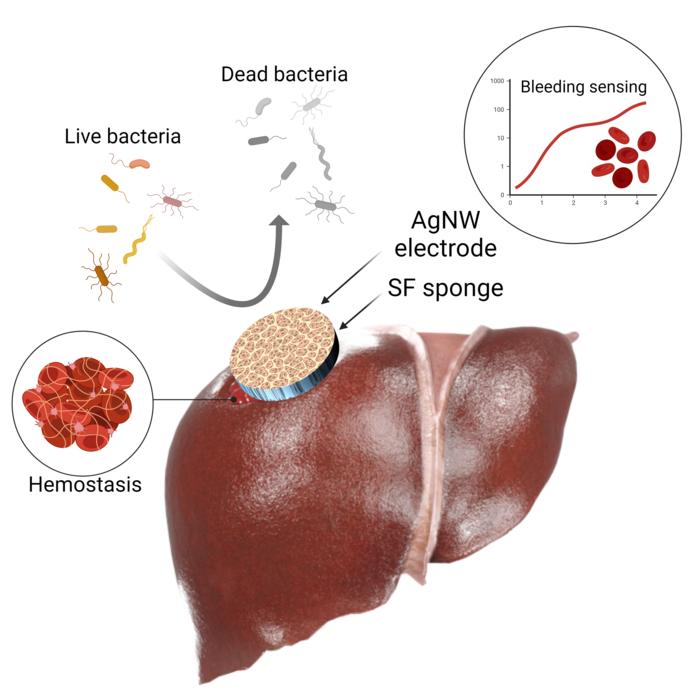
All-in-one device for hemorrhage control
A multi-faceted device for effectively treating deep, non-compressible, and irregularly-shaped wounds has been engineered by the scientists at the Terasaki Institute for Biomedical Innovation (TIBI).
Moffitt Cancer Center Taps W. Gregory Sawyer, Ph.D., as Inaugural Chair of the Department of Bioengineering
Moffitt Cancer Center has launched the Department of Bioengineering. The new academic research department will be housed within the Division of Basic Science and led by W. Gregory Sawyer, Ph.D. Bioengineering integrates the disciplines of engineering and cancer biology.
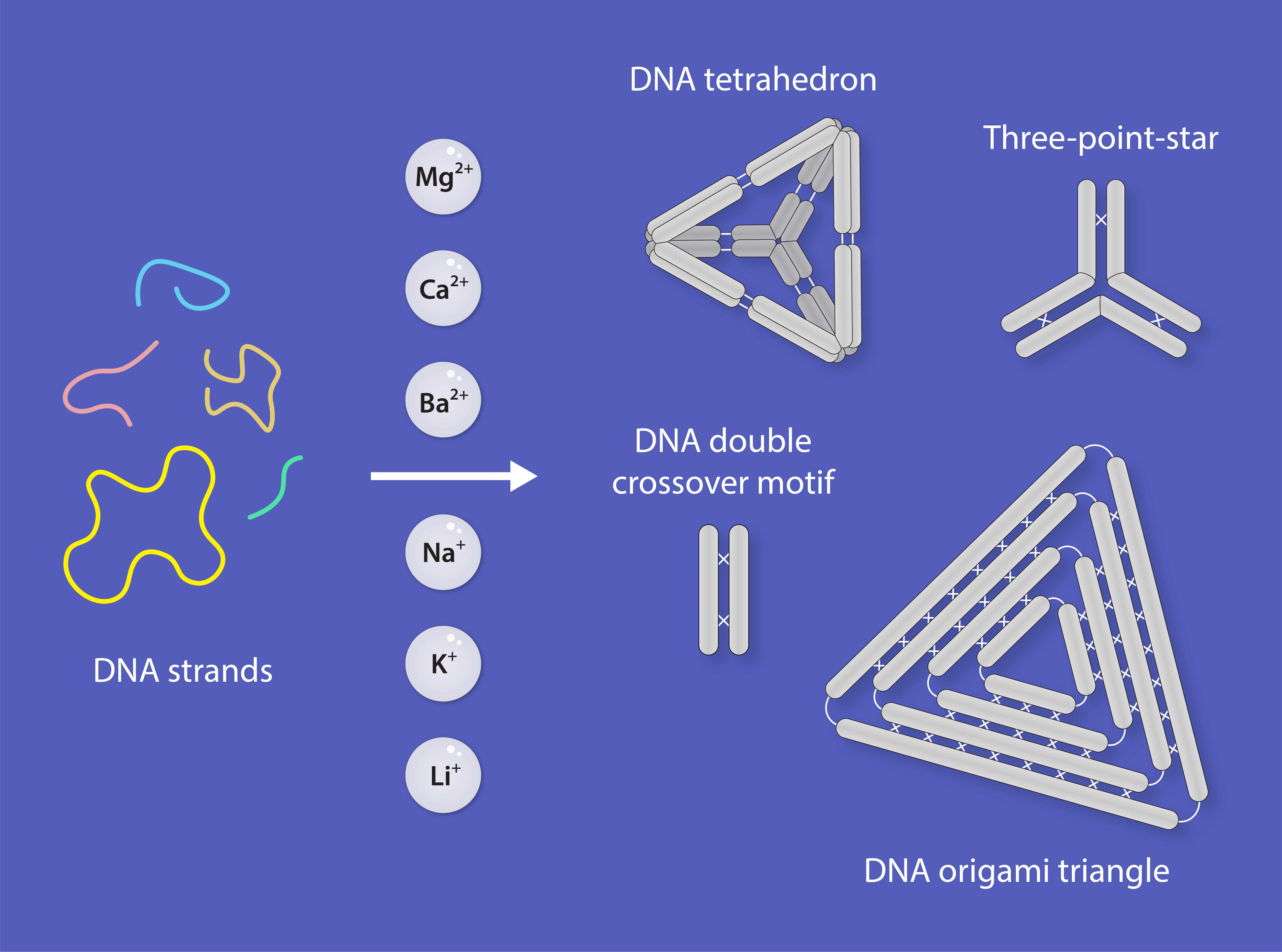
RNA Institute Researchers Advance DNA Nanostructure Stability
Researchers at the University at Albany’s RNA Institute have demonstrated a new approach to DNA nanostructure assembly that does not require magnesium. The method improves the biostability of the structures, making them more useful and reliable in a range of applications.
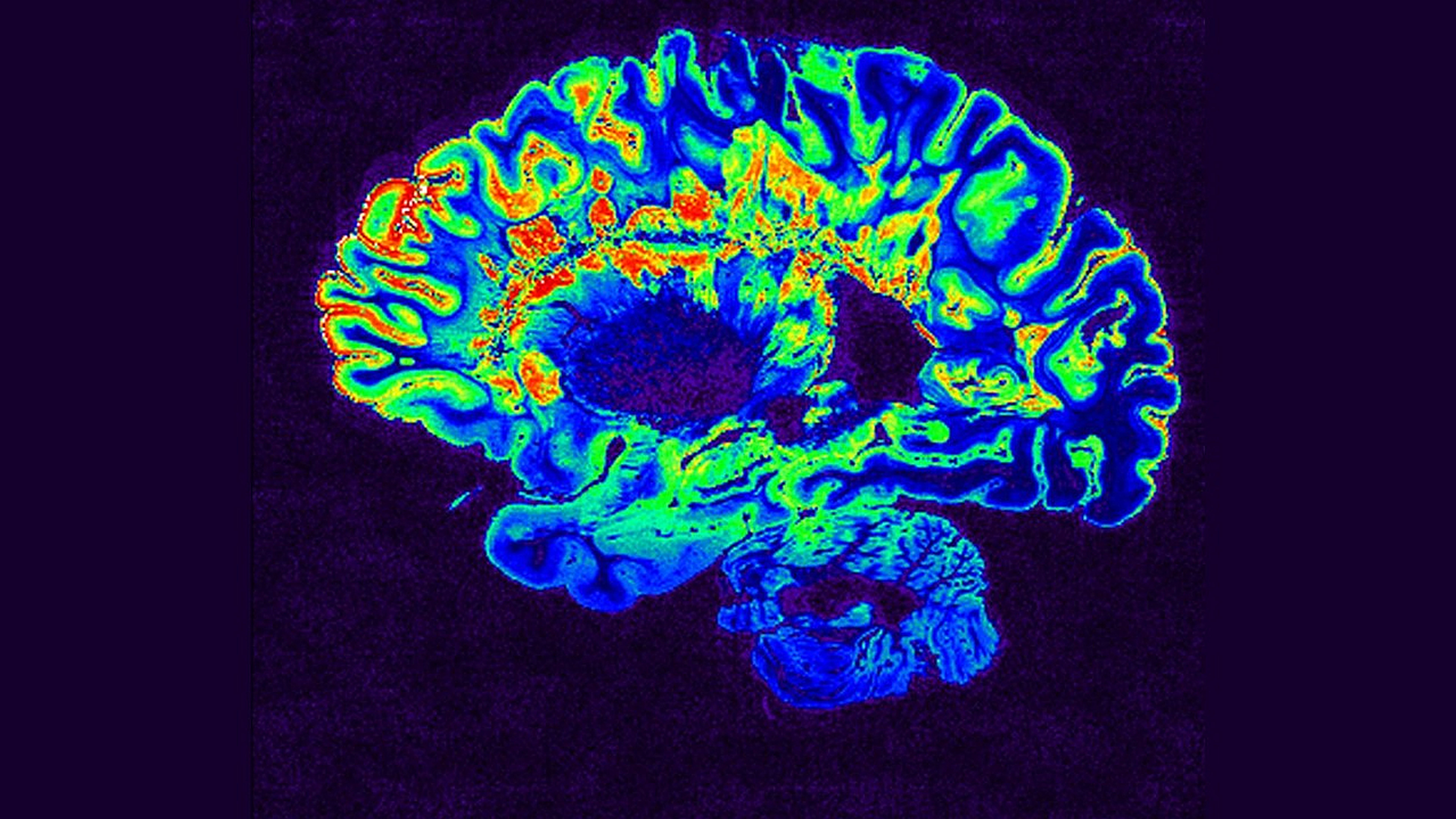
‘Tipping The Balance’ Of Immune Cells from Bad to Good Reverses Multiple Sclerosis Symptoms in Mice
According to the federal government’s National Institute of Neurological Disorders and Stroke, nearly 3 million people worldwide — with almost a third in the United States — are living with multiple sclerosis (MS), a disabling neurological disease in which the body’s immune system mistakenly attacks nerves feeding information to the central nervous system (the brain and spinal cord). Although rarely fatal, MS can lead to long-term disabilities, and impair movement, muscle control, vision and cognition.
Medical “microrobots” could one day treat bladder disease, other human illnesses
A team of engineers at the University of Colorado Boulder has designed a new class of tiny, self-propelled robots that can zip through liquid at incredible speeds—and may one day even deliver prescription drugs to hard-to-reach places inside the human body.

RPI Researchers To Develop New Market for Farm Waste
There are more than 80,000 sheep and lambs living on over 2,000 farms in New York State. Their wool has many uses including clothing, carpets, furniture, bedding, insulators, fertilizers, and more. However, about 10-15% of wool is wasted during the sorting and cleaning processes. Researchers from Rensselaer Polytechnic Institute are aiming to turn that waste into a new profit source for farmers, and produce an eco-conscious, high-performance yarn in the process.
Researchers at Aalto develop a new technology to let immobilized patients control devices with their brain
A new project at Aalto University is developing techniques that will enable immobilized patients to control devices using their brain activity. The project builds on the multi-locus transcranial magnetic stimulation (mTMS) technology developed at Aalto, adapting it into a brain–computer interface (BCI) that can help patients with neurological conditions.
Scientists use tardigrade proteins for human health breakthrough
University of Wyoming researchers’ study of how microscopic creatures called tardigrades survive extreme conditions has led to a major breakthrough that could eventually make life-saving treatments available to people where refrigeration isn’t possible.
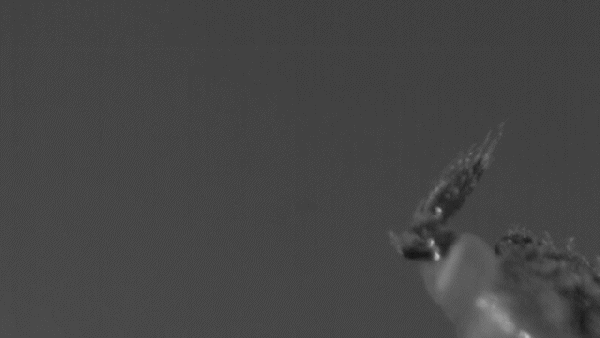
Super-fast insect urination powered by the physics of superpropulsion
Sharpshooter insects excrete by catapulting urine droplets at high accelerations. By using computational fluid dynamics and biophysical experiments, the researchers studied the fluidic, energetic, and biomechanical principles of sharpshooter excretion. Their study reveals how an insect smaller than the tip of a pinky finger performs a feat of physics and bioengineering – superpropulsion.
A design of experiments approach to precision vaccine adjuvants
Adjuvants are added to vaccines to improve protection, extend the duration of protection and reduce the dose or number of boosters required.
NIH researchers use 3D bioprinting to create eye tissue
Scientists used patient stem cells and 3D bioprinting to produce eye tissue that will advance understanding of the mechanisms of blinding diseases. The research team from the National Eye Institute (NEI), part of the National Institutes of Health, printed a combination of cells that form the outer blood-retina barrier—eye tissue that supports the retina’s light-sensing photoreceptors. The technique provides a theoretically unlimited supply of patient-derived tissue to study degenerative retinal diseases such as age-related macular degeneration (AMD).
CUVET Successfully Developed the First Stem Cell Transplantation Technology to Treat Pet Diabetes
For the first time in Thailand, a research team from Chula’s Faculty of Veterinary Science (CUVET) is the first to have successfully developed a method to culture dog pancreatic cells from stem cells and cell transplantation technology. They aim to test the method in the lab and sick animals suffering from diabetes.
The nano-magnets that will restore damaged nerve cells
When neurons are damaged by degenerative disease or injury, they have little, if any, ability to heal on their own. Restoring neural networks and their normal function is therefore a significant challenge in the field of tissue engineering. Prof. Orit Shefi and doctoral student Reut Plen from the Kofkin Faculty of Engineering at Bar-Ilan University have developed a novel technique to overcome this challenge using nanotechnology and magnetic manipulations, one of the most innovative approaches to creating neural networks.
Mutational signature linking bladder cancer and tobacco smoking found with new AI tool
UC San Diego researchers have for the first time discovered a pattern of DNA mutations that links bladder cancer to tobacco smoking. The work could help researchers identify what environmental factors, such as exposure to tobacco smoke and UV radiation, cause cancer in certain patients. It could also lead to more customized treatments for a patient’s specific cancer.
NIH announces winners of 2022 DEBUT Challenge
The NIH announces the winners of the DEBUT Challenge with prizes totaling $130,000
A new neuromorphic chip for AI on the edge, at a small fraction of the energy and size of today’s compute platforms
An international team of researchers has designed and built a chip that runs computations directly in memory and can run a wide variety of AI applications–all at a fraction of the energy consumed by computing platforms for general-purpose AI computing. The NeuRRAM neuromorphic chip brings AI a step closer to running on a broad range of edge devices, disconnected from the cloud, where they can perform sophisticated cognitive tasks anywhere and anytime without relying on a network connection to a centralized server.
Breast cancer cells use forces to open up channels through tissue
New method uses nanospheres to measure forces that cancer cells use to spread through tissue
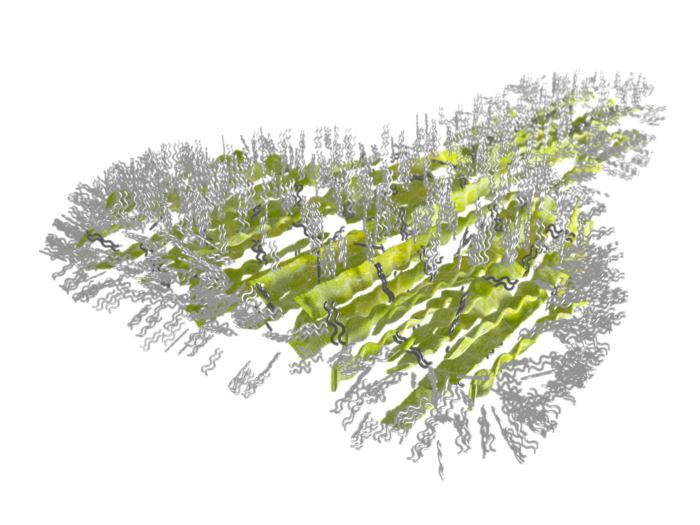
Gecko feet are coated in an ultra-thin layer of lipids that help them stay sticky
Geckos are famous for having grippy feet that allow them to scale vertical surfaces with ease. They get this seeming superpower from millions of microscopic, hairlike structures on their toes.
Bacteria for Blastoff: Using Microbes to Make Supercharged New Rocket Fuel
Scientists used an oddball molecule made by bacteria to develop a new class of biofuels predicted to have greater energy density than any petroleum product, including the leading aviation and rocket fuels.
A Biological Super Glue From Mistletoe Berries?
Each mistletoe berry can produce up to two metres of a gluey thread called viscin. It allows the seeds of this parasitic plant to stick to and infect host plants.
Right off the bats
Among the many devastating impacts of Alzheimer’s disease and other types of dementia is the risk that patients will wander and become lost. Indeed, according to the Alzheimer’s Association, six in 10 people with the disease will wander at least once over the course of their illness — and many do so repeatedly.
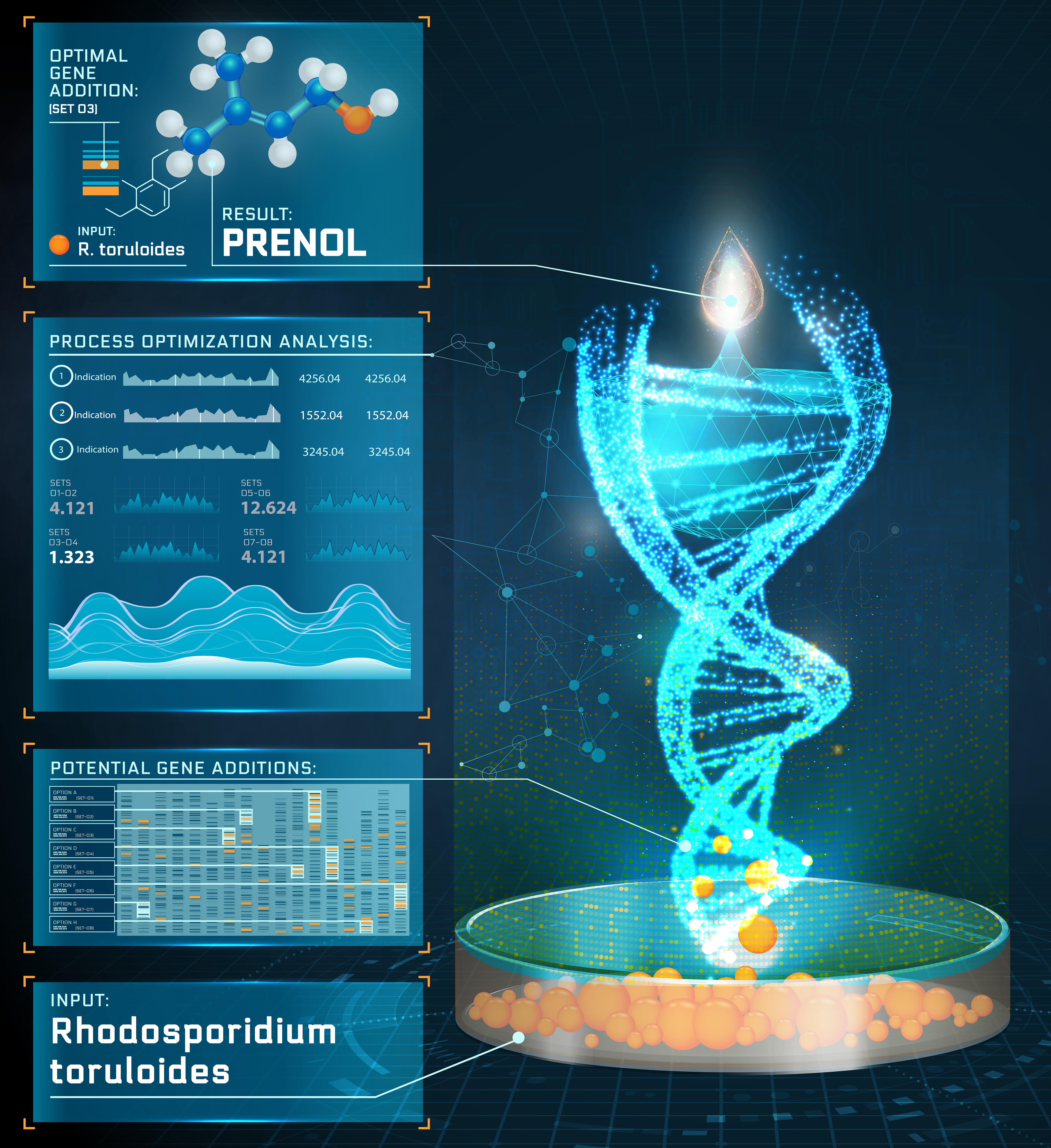
Pathways to production
Biologists at Sandia National Laboratories developed comprehensive software that will help scientists in a variety of industries create engineered chemicals more quickly and easily. Sandia is now looking to license the software for commercial use, researchers said.
Ultrasound remotely triggers immune cells to attack tumors in mice without toxic side effects
A new cancer immunotherapy pairs ultrasound with specially engineered CAR T cells to destroy malignant tumors while sparing normal tissue. The new experimental therapy significantly slowed down the growth of solid cancerous tumors in mice.
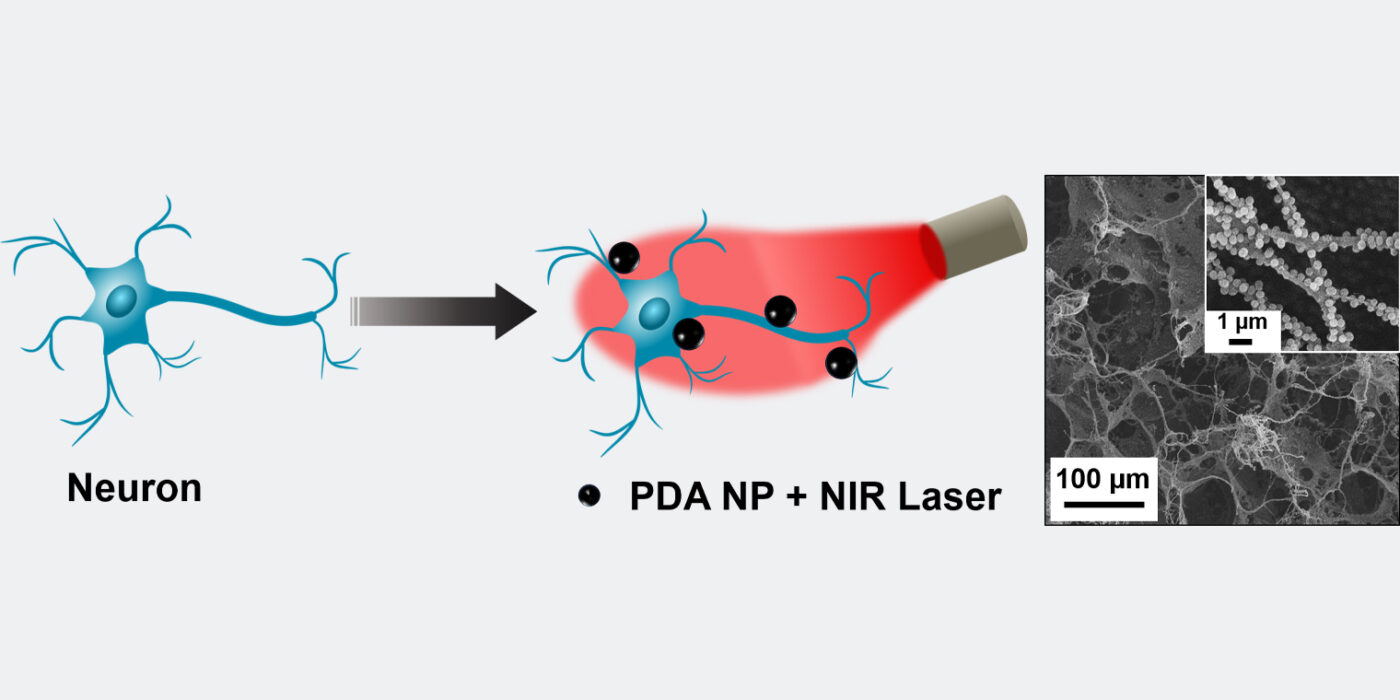
Nanoparticles create heat from light to manipulate electrical activity in neurons
Srikanth Singamaneni and Barani Raman in the McKelvey School of Engineering developed technology to use nanoparticles to heat, manipulate cells in the brain and heart.
What if We Could Give Viruses a One-Two Punch?
Researchers at Stanford and Berkeley Lab’s Molecular Foundry have developed virus-killing molecules called peptoids. The technology could make possible an emerging category of antiviral drugs that could treat everything from herpes and COVID-19 to the common cold.
Bioengineering discovery paves way for improved production of bio-based goods using Baker’s yeast
Scientists have uncovered a way to control many genes in engineered yeast cells, opening the door to more efficient and sustainable production of bio-based products.
€1 Million Prize for Plastics-to-Protein Research Awarded to Steve Techtmann, Ting Lu
Steve Techtmann has won the 2021 Future Insight Prize — awarded to innovative research in health, nutrition and energy — for his food generator concept.
Bio-inspired hydrogel protects the heart from post-op adhesions
A hydrogel that forms a barrier to keep heart tissue from adhering to surrounding tissue after surgery was developed and successfully tested in rodents by a team of University of California San Diego researchers. The team of engineers, scientists and physicians also conducted a pilot study on porcine hearts, with promising results.
They describe their work in the June 18, 2021 issue of Nature Communications.
Single gene boosts climate resilience, yield and carbon capture in crops
Scientists at Oak Ridge National Laboratory have discovered a single gene that simultaneously boosts plant growth and tolerance for stresses such as drought and salt, all while tackling the root cause of climate change by enabling plants to pull more carbon dioxide from the atmosphere.
Review Explores Physiology, Encourages Functional Assessment of Bioengineered Kidneys
A new review published ahead of print in the journal Function looks at methods used to improve the structure and function of bioengineered kidneys. Bioengineered kidneys—from biological and synthetic materials—can increase the number of organs available to people in need…
NAU bioengineer partners with industry expert to launch successful spin-off commercializing mobility technologies
NAU bioengineer Zach Lerner launched what is quickly becoming the university’s most successful commercial spin-off based on his bioengineering research and the patent-pending technologies he invented as a result.
How to speed up muscle repair
By studying how different pluripotent stem cell lines build muscle, researchers have for the first time discovered how epigenetic mechanisms can be triggered to accelerate muscle cell growth, providing new insights for developing therapies for muscle disease, injury and atrophy.
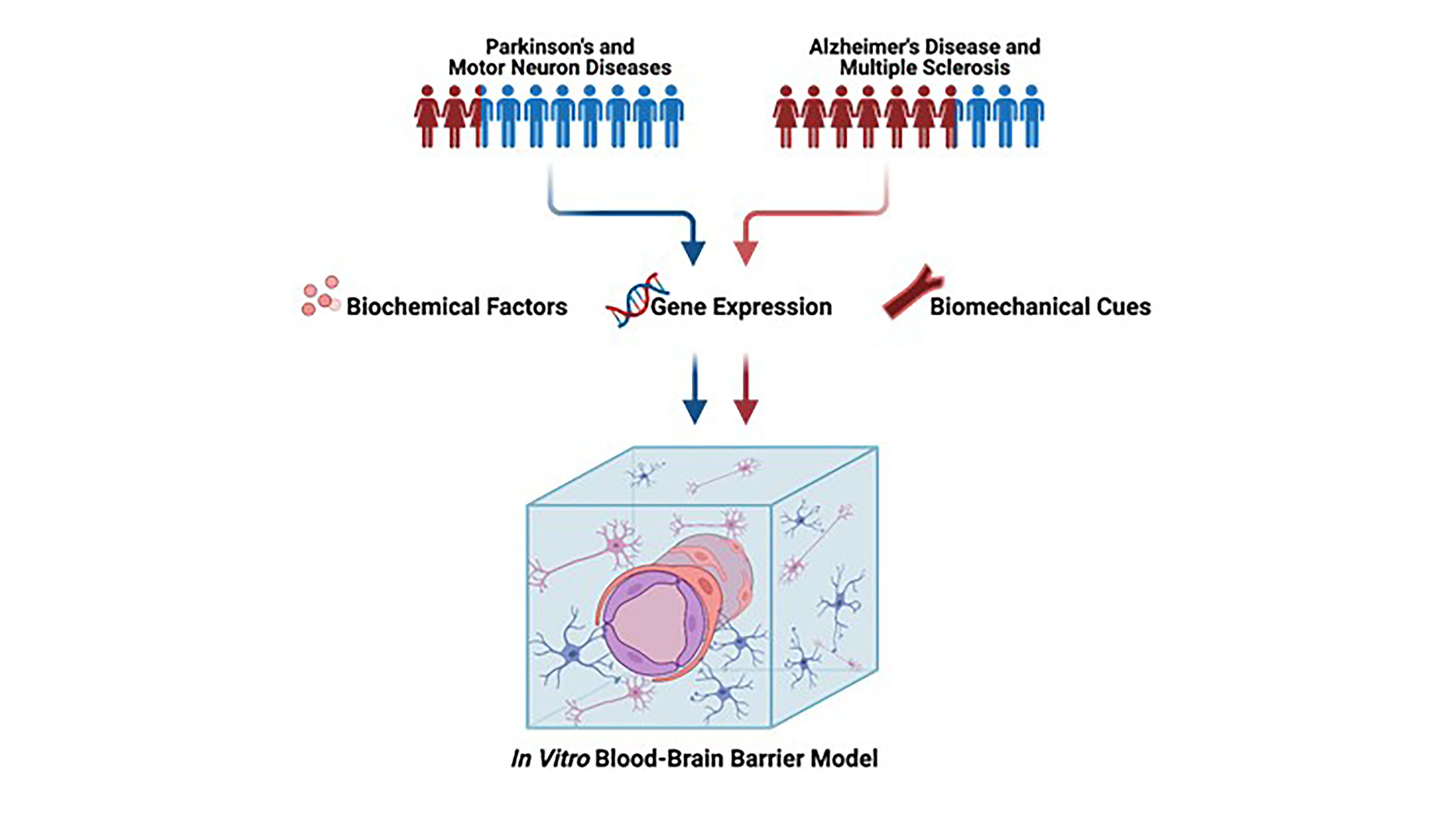
Brain Disease Research Reveals Differences Between Sexes
In APL Bioengineering, University of Maryland scientists highlight a growing body of research suggesting sex differences play roles in how patients respond to brain diseases, as well as multiple sclerosis, motor neuron disease, and other brain ailments. They are urging their colleagues to remember those differences when researching treatments and cures.
With gene therapy, scientists develop opioid-free solution for chronic pain
A gene therapy for chronic pain could offer a safer, non-addictive alternative to opioids. Researchers at the University of California San Diego developed the new therapy, which works by temporarily repressing a gene involved in sensing pain. It increased pain tolerance in mice, lowered their sensitivity to pain and provided months of pain relief without causing numbness.